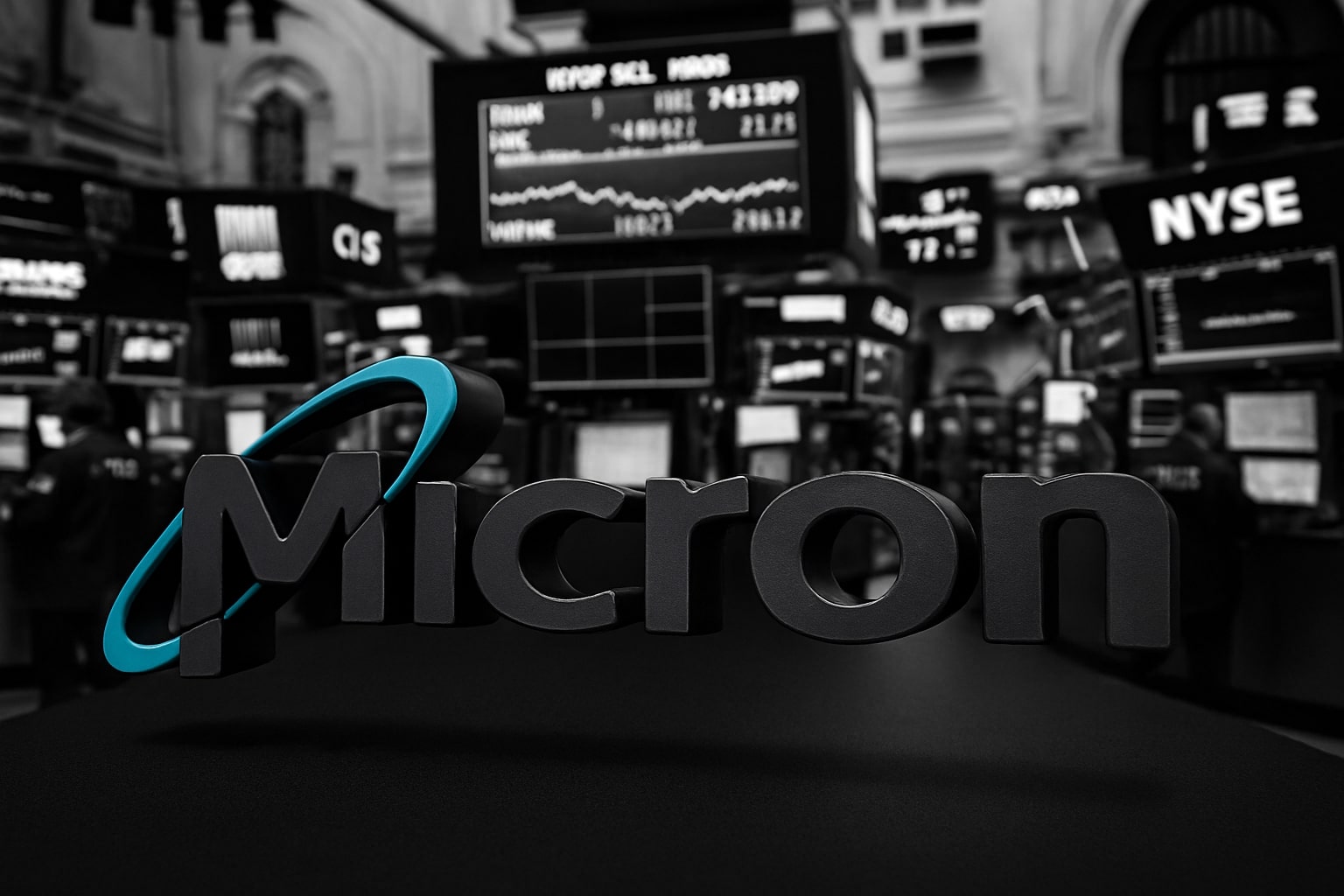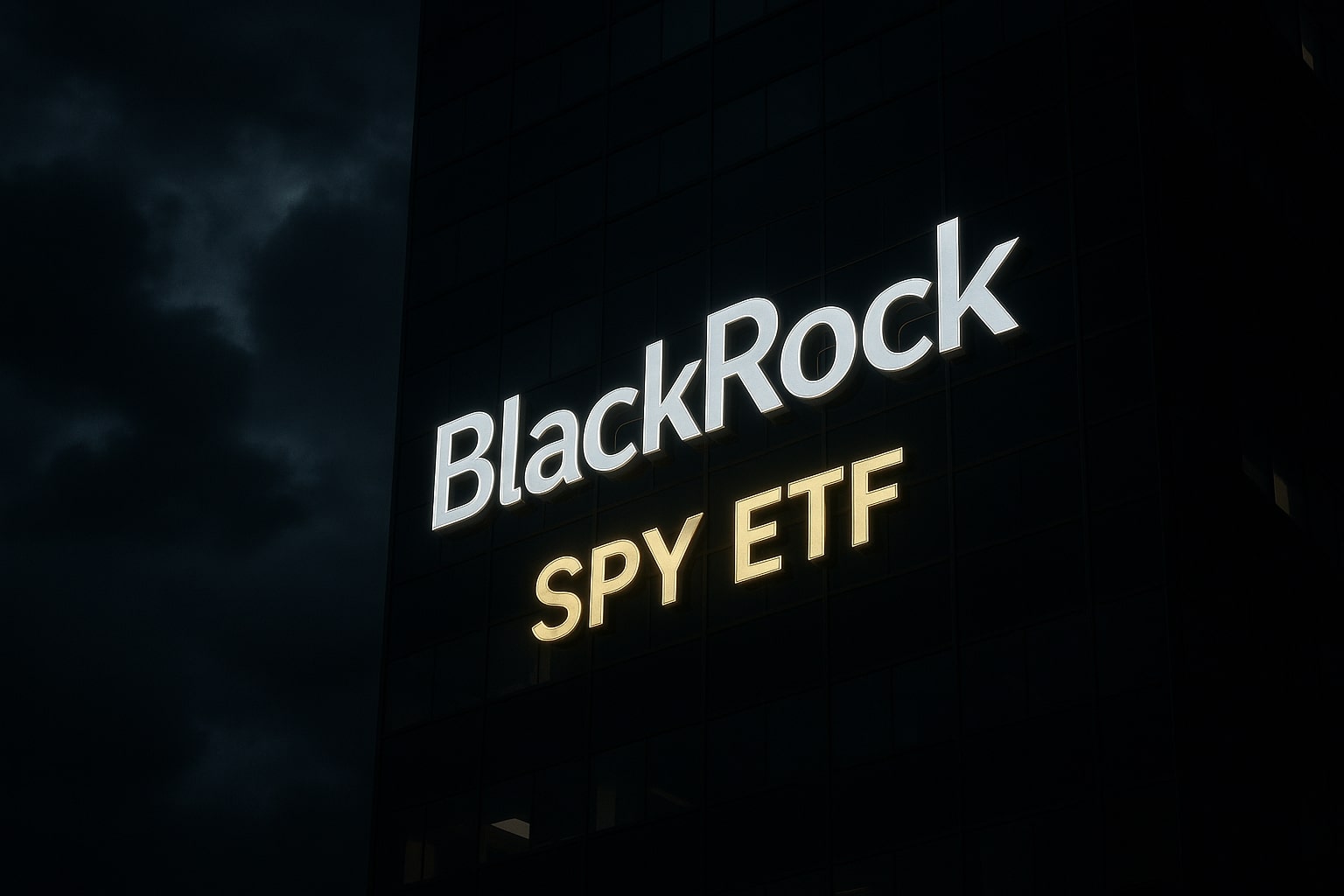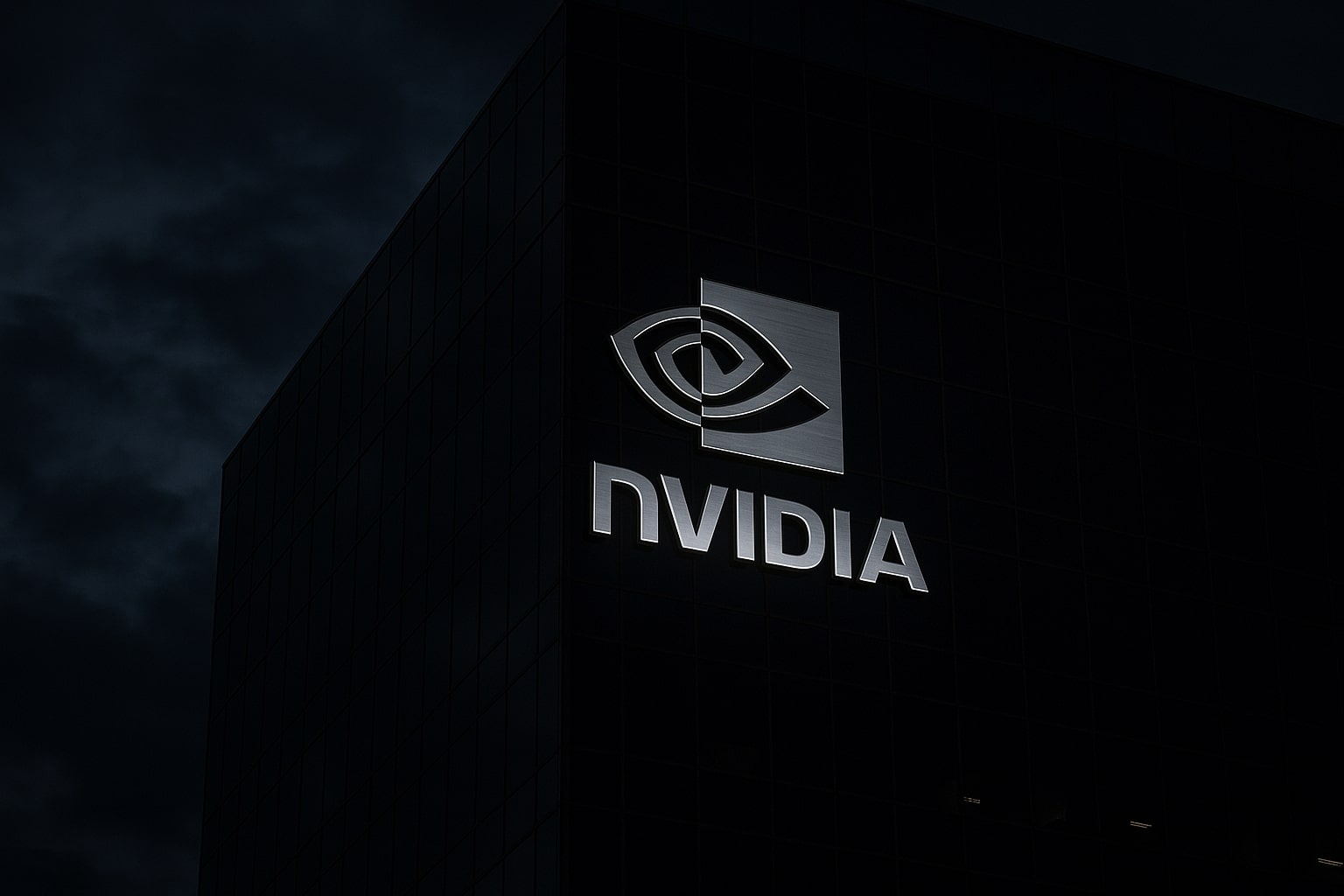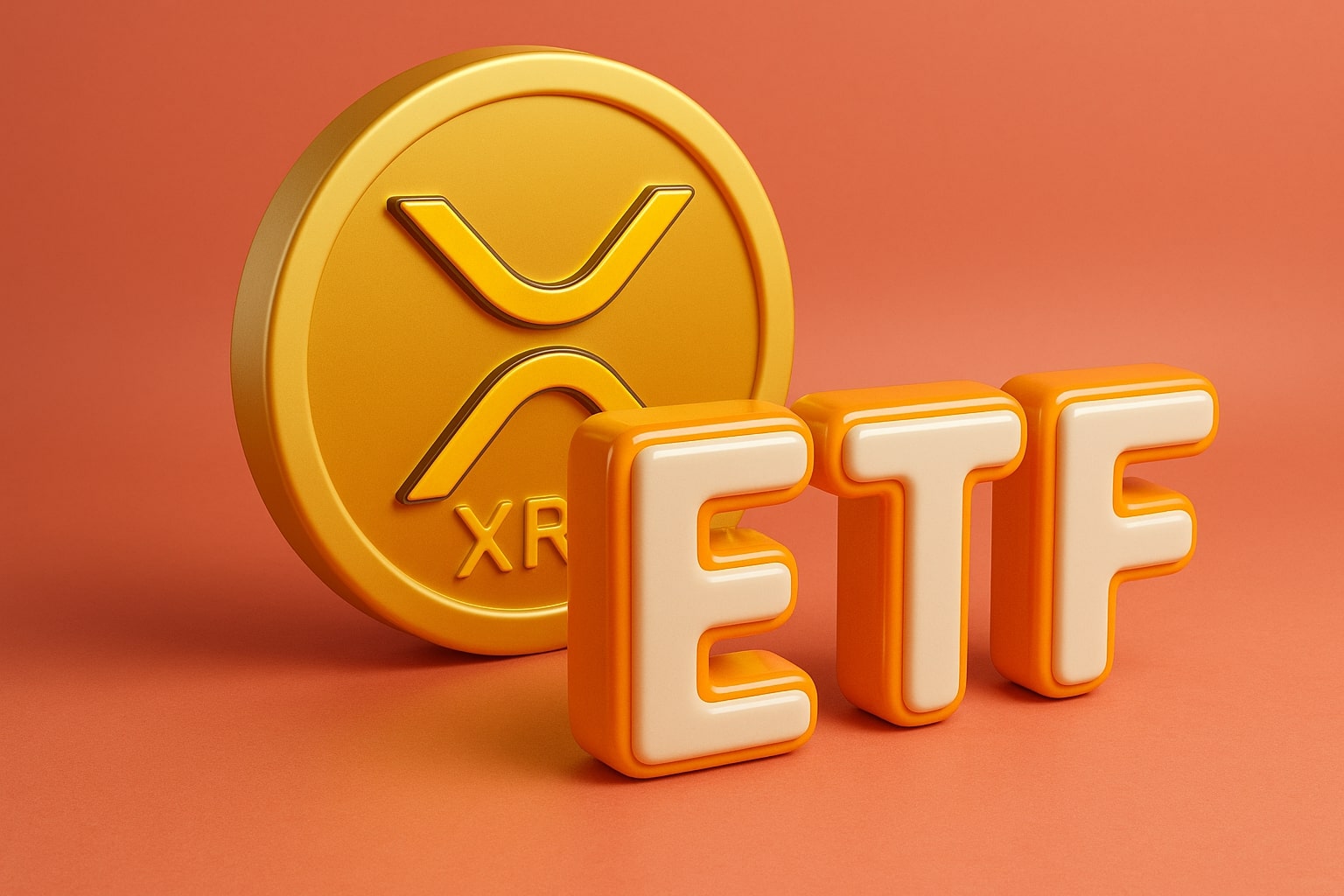
Micron Stock Jumps on AI Memory Supercycle as Wall Street Targets Rise Toward $170
Record AI-driven demand fuels Micron’s $9.8B quarter, 42% margins, and 65% YTD rally, with HBM chips sold out through 2026 and analysts forecasting further upside | That's TradnigNEWS
Micron Technology: AI Memory Boom Fuels Massive Rebound as Wall Street Turns Overwhelmingly Bullish
Micron Technology (NASDAQ:MU) has become one of 2025’s most remarkable comeback stories. Once battered by a historic memory chip downturn, the company is now riding a powerful upcycle driven by artificial intelligence demand, data center expansion, and high-bandwidth memory shortages that have reignited profitability across the semiconductor sector. Investors who once wrote Micron off as a cyclical laggard are now reconsidering it as a core AI beneficiary.
The turnaround has been nothing short of dramatic. Fiscal fourth-quarter revenue surged to $9.8 billion, up 79% year-over-year, marking Micron’s fastest growth in over a decade. Net income rebounded to $2.1 billion, compared with a $1.4 billion loss a year ago, while adjusted earnings per share hit $1.86, beating consensus expectations of $1.62. The results underscored how rapidly the company has capitalized on the AI-driven shift in global memory demand.
Gross margins expanded sharply to 42%, recovering from just 20% a year earlier, reflecting both improved pricing for DRAM and NAND products and a stronger product mix led by AI-related sales. Memory prices, which plunged in 2023 due to oversupply, have now stabilized — and in some segments, surged by over 30% in just two quarters. This reversal has allowed Micron to reassert its competitive edge against peers like SK Hynix and Samsung Electronics, while reclaiming investor confidence in its pricing power.
AI Demand Reshapes Micron’s Growth Trajectory
The global AI boom has reshaped the entire memory market, and Micron stands squarely at its center. The company’s high-bandwidth memory (HBM3E) modules are now integral to NVIDIA’s Blackwell GPUs, used to train and deploy advanced AI models. CEO Sanjay Mehrotra confirmed during the earnings call that HBM production is fully booked through 2026, signaling unrelenting demand from hyperscalers like Amazon, Microsoft, and Google. “AI is not just a tailwind—it’s a multi-year structural driver for our entire portfolio,” Mehrotra said.
Micron expects AI-related demand to account for more than 40% of total DRAM revenue by 2026, up from just 15% in 2023. The company’s leadership in advanced DRAM and DDR5 technology also positions it to capture growth from next-generation servers, networking equipment, and edge computing applications. Analysts estimate that each AI server consumes five to six times more memory than a conventional one, turning DRAM into a critical bottleneck for the entire industry.
Expansion and Capital Strategy
To meet the surge in demand, Micron is executing an ambitious expansion plan. It will invest $7 billion in fiscal 2026 CapEx, with significant allocations toward HBM capacity in Hiroshima, Japan, and DRAM expansion in Boise, Idaho. The firm is also moving forward with plans for a new U.S. megafab supported by the CHIPS and Science Act, designed to reinforce domestic semiconductor resilience.
Despite these investments, Micron remains financially disciplined. The company ended the quarter with $11.4 billion in cash, a debt-to-equity ratio of just 0.26, and $1.8 billion in free cash flow — a remarkable turnaround from negative flows last year. Analysts highlight Micron’s new operating model, which focuses on maintaining profitability across cycles rather than pursuing aggressive volume growth.
Barclays recently praised Micron’s capital efficiency, saying the company has “reached a structural profitability threshold that fundamentally changes how investors should value memory.” Morgan Stanley raised its price target to $158, while Barclays boosted theirs to $164, calling Micron “one of the cleanest AI leverage plays in semiconductors.”
Market Performance and Valuation
Micron’s stock has been one of 2025’s top-performing semiconductor names. Shares are up 65% year-to-date, recently trading at $147.22, within reach of their 52-week high of $151.88. That performance easily outpaces the Philadelphia Semiconductor Index’s 42% gain, highlighting how Micron’s cyclical rebound has transformed into a secular growth story.
At a market capitalization of $157 billion and a forward P/E ratio of 22.8, Micron still trades at a discount to AI peers like NVIDIA (53.8) and Broadcom (26.4) despite benefiting from many of the same demand drivers. Wall Street sentiment is overwhelmingly positive — out of 35 analysts tracked by FactSet, 29 rate the stock Buy, 5 Hold, and only 1 Sell. The consensus 12-month target stands near $162, implying roughly 10% upside, though several bullish houses project a move toward $170–$180 if margins continue to expand.
Product Innovation and Supply Dynamics
Micron’s technological edge is another factor driving optimism. The company’s HBM3E chips, which deliver bandwidth up to 1.2 TB/s, are not only more energy efficient but also optimized for data-intensive AI workloads. The firm’s 176-layer NAND and 1β DRAM nodes have set new industry standards for density and power efficiency, solidifying its reputation as one of the most innovative memory producers globally.
The company has also made notable progress in its automotive and industrial divisions. Memory shipments to autonomous driving systems and embedded computing applications rose 38% year-over-year, giving Micron a strong foothold in edge-AI markets. Management sees these verticals as complementary to cloud AI, extending the company’s reach into long-cycle demand segments less exposed to consumer weakness.
Still, some caution remains warranted. NAND market inventories are elevated, and while pricing has improved, analysts expect fluctuations through the next few quarters as PC and smartphone shipments recover unevenly. Mehrotra acknowledged that “the path to normalization won’t be linear, but AI demand gives us the flexibility to manage through temporary imbalances.”
Technical Picture and Outlook
Technically, MU stock remains in a clear uptrend. The 50-day moving average around $140 has served as consistent support since June, while the 200-day average near $117 underscores the strength of its long-term momentum. A breakout above $152 could attract further momentum buying toward $165, while short-term profit taking could emerge near resistance.
Traders point to healthy accumulation patterns and strong institutional flows — particularly from pension funds and ETFs increasing semiconductor exposure following Nvidia’s index weight expansion. Micron’s relative strength index (RSI) near 68 suggests firm momentum but not overbought territory, leaving room for further upside.
Read More
-
S&P 500 SPY ETF (NYSEARCA:SPY) Holds $667 as AI Spending Surge Counters Weak Labor Momentum
07.11.2025 · TradingNEWS ArchiveStocks
-
Ripple’s XRP ETFs soar — XRPR up 6.41% to $19.27 and XRPI up 7.34% to $13.89
07.11.2025 · TradingNEWS ArchiveCrypto
-
Natural Gas Price Forecast - NG=F Steadies at $4.33 as 110.1 Bcf/day Output and Cold Front Shape Price Outlook
07.11.2025 · TradingNEWS ArchiveCommodities
-
USD/JPY Price Forecast - Dollar to Yen Pulls Back to 152.85 as 153K U.S. Job Cuts
07.11.2025 · TradingNEWS ArchiveForex
Long-Term Investment Case
Micron’s transformation from a cyclical memory producer to a strategic AI enabler marks a major evolution in its business model. The company’s focus on profitability, supply discipline, and next-generation memory innovation has positioned it to benefit from what many analysts are calling the AI hardware supercycle.
With HBM sold out through 2026, expanding margins, and accelerating free cash flow, Micron is no longer simply reacting to market cycles — it’s shaping them. The company’s combination of operating strength, capital discipline, and exposure to AI infrastructure makes it one of the most strategically important players in the semiconductor space heading into 2026.
Investors will next turn their attention to Micron’s November earnings report, where updates on pricing trends, supply contracts, and HBM production ramp-up could serve as the next major catalyst. For now, the message from Boise is unmistakable: Micron has moved beyond recovery — it’s building the future of AI memory itself.


















